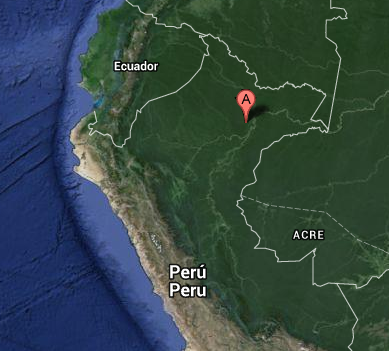The goal of Tapirnet is to apply an economic value to the Amazon Rainforest by developing an automated and sustainable system to document wildlife in the Amazon. The location of this project is the “Reserva Nacional Allpahuayo-Mishana” in Peru (seen in the map below).
 Obviously there are many technical challenges to deploying a monitoring system in the rainforest. The team had to engineer a solution despite any electrical or telecommunications infrastructure, while also finding a way to combat the high radio attenuation created by dense vegetation.
Obviously there are many technical challenges to deploying a monitoring system in the rainforest. The team had to engineer a solution despite any electrical or telecommunications infrastructure, while also finding a way to combat the high radio attenuation created by dense vegetation.
There are three main components to their system: cameras, wireless communication, and a UAV.
Cameras are placed throughout the forest and connected via XBee. Each node in the network relays its data to a sink node, which collects all of the sensor data. This sink node acts as an access point for the drone. The drone is programmed to do a round trip, collect data from each of the sink nodes, and return to the city for processing.
The camera needed to operate on battery for three months, so the team needed to ensure each camera was as energy efficient as possible. They developed their own Arduino variant called the Tapirduino Board. They removed some of the components not needed for their project, which reduced the amount of power consumed to one tenth of a standard Arduino!
The pilot system consists of a 5×5 XBee grid. The team elected to go with the XBee-PRO 900HP to combat the high radio attenuation in the forest. Even in the dense forest, the team is able to get 300 meters of range between neighboring nodes. Another measure the team took to reduce energy consumption was to enable a sleep mode for the XBee and reduce the file size of the pictures.
Here’s a video of the engineers explaining their project: